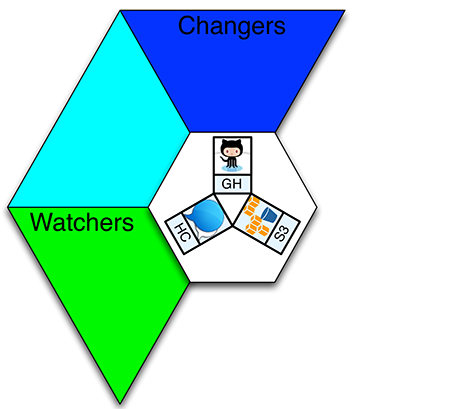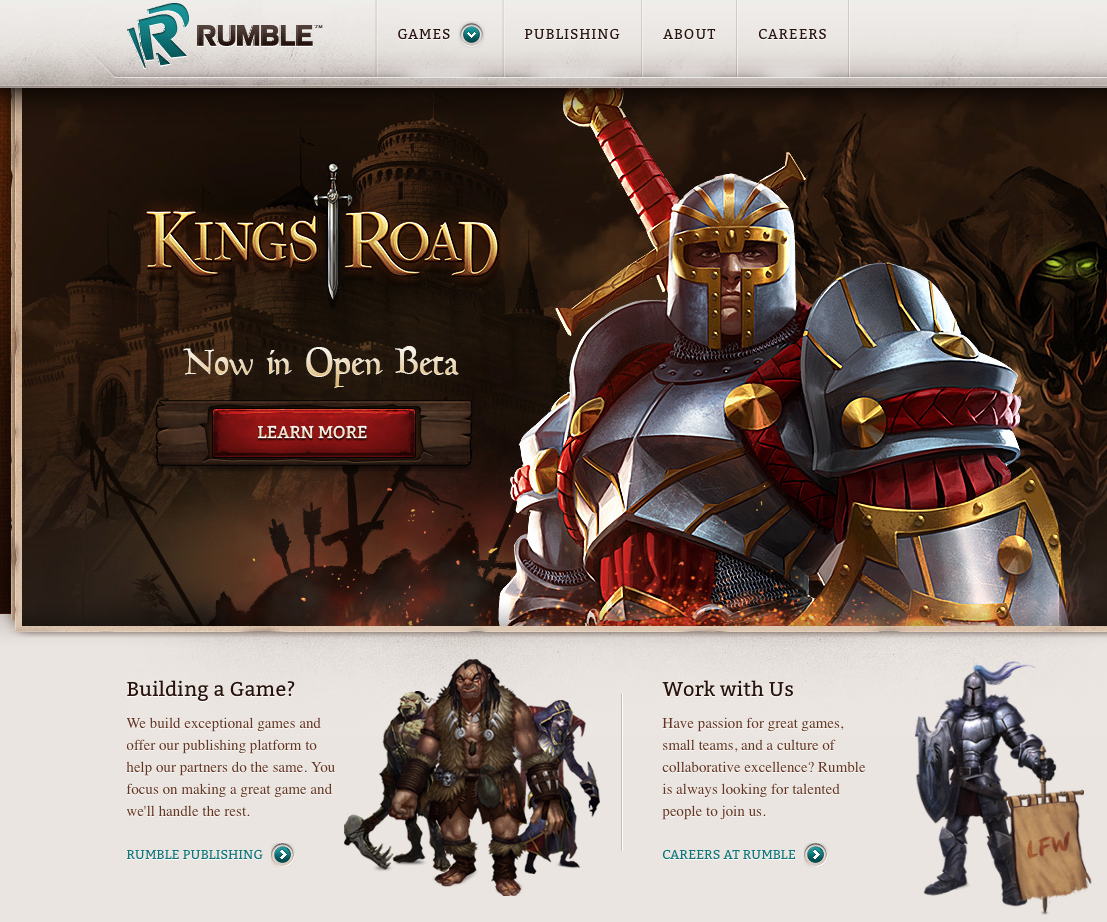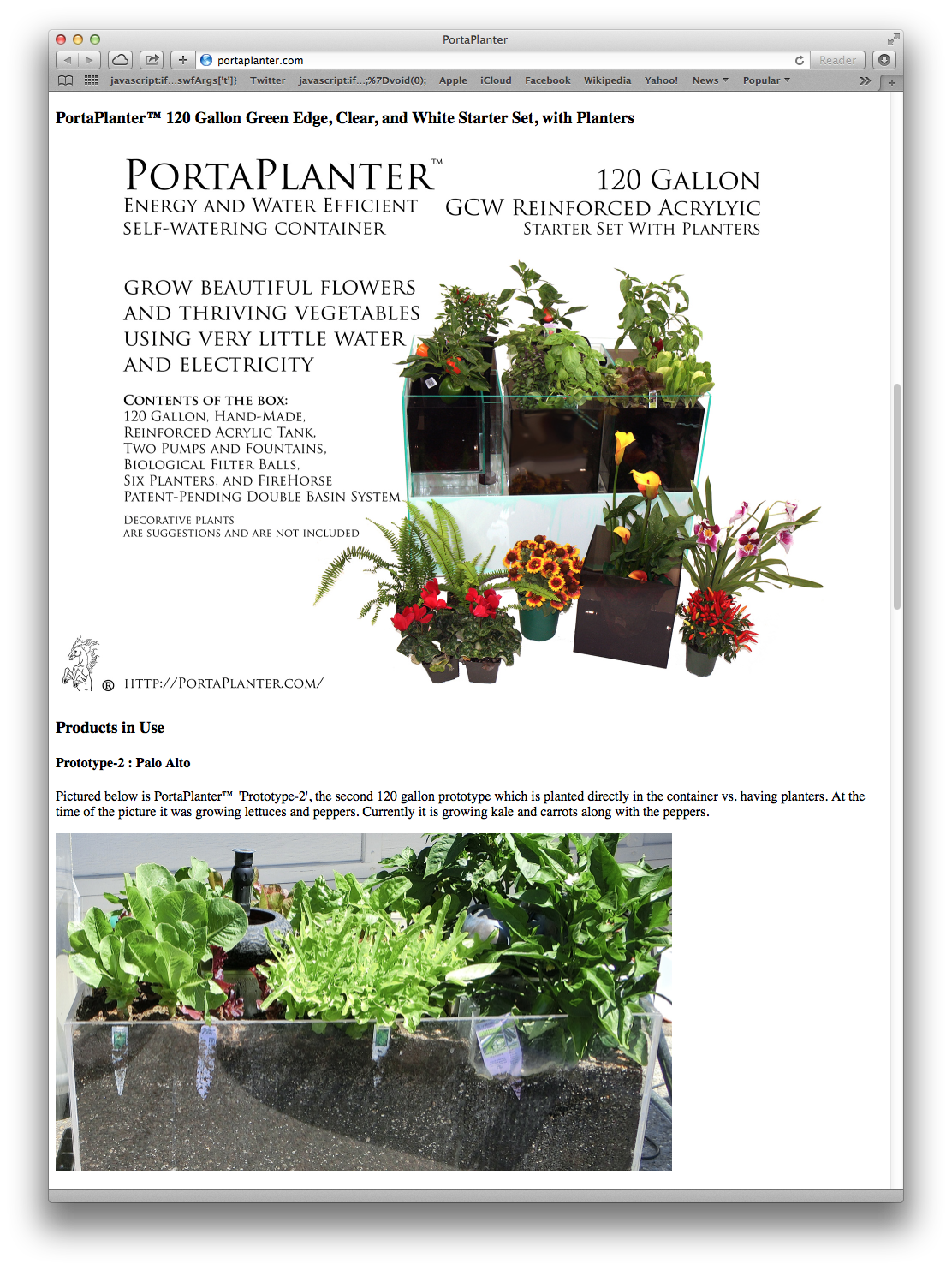This is the fourth series describing the ADD: a radically more productive software development and delivery environment. This series is on estimation, and the first part is here: ADD: Estimation.
Scaled Agile
As mentioned at the end of the first part, the extreme reaction to waterfall was to toss Analysis and Design away, and go from very-loose requirements into actual implementation. I believe this was a complete mistake and has caused these “extreme” agile projects to be much slower and unstable compared to another approach.
The alternative is “Scaled Agile”, and by this I mean both:
- It is better designed for larger projects
- It is achieved by scaling the activities of software development projects to be appropriate for the scale and needs of the project
- Analysis & Design efforts, deliverables, and precision can be smaller or larger
- Increments of delivery can be smaller or larger
- Allowance for iteration (repeating something to refine it) can be smaller or larger
- Overlap of activities can be smaller or larger
The second item was tossed out with the “Waterfall”, at least by many in the industry. A Waterfall is an extreme version of Agile (basically no during-build agility), but going directly from verbal or spread-sheet based requirements is a similarly extreme version of Agile and is unlikely to be as effective as properly-scaled versions of Agile.
Retail Aspect / Evant / XP / Scaled Agile
In 2003, while at Evant, we took an XP-based product (an advanced retail planning system) and worked on scaling the velocity and agility of that project:
- To a bigger and non-XP team
- Through multiple time-zones, including to India
- Outside the development team into Product Management, Technical Sales, Marketing, and Support
- Into a bigger portfolio of products that had inter-dependent deliverables
- Across the portfolio to other product lines and teams


